By Eric Fruits, Ph.D.
Oregon is nearing the end of the first month of Governor Kate Brown’s state-at-home order. The order is just one of many ways in which the COVID-19 pandemic is changing the way consumers shop and the way businesses sell. These shifts in behavior, designed to “flatten the curve” of infection through social distancing, are happening across many (if not all) markets. Even so, in many cases it’s impossible to know now whether these new habits are achieving—or will achieve—the intended effect.
Take a seemingly silly example from Oregon. We are one of only two states in the U.S. that prohibits self-serve gas. In response to COVID-19, the state fire marshal announced it would temporarily suspend its enforcement of the self-service ban. In the wake of the announcement, public opinion fell into two broad groups.
- Those who want the option to pump their own gas argue that self-serve reduces the interaction between station attendants and consumers, thereby potentially reducing the spread of coronavirus.
- On the other hand, those who support the prohibition on self-serve have blasted the fire marshal’s announcement, arguing that all those dirty fingers pressing keypads and all those grubby hands on fuel pumps would likely increase the spread of the virus.
Both groups may be right, but no one yet knows the net effect. We can only speculate. Policymakers often claim their decisions are guided by science. In the real world, however, science does not provide simple or quick guidance. Politicians and bureaucrats are simply guessing, just like the rest of us. The difference, of course, is that the guessers in government have the power of the state to back up their decisions.
The guesswork of COVID-19 response is a timely reminder of Hayek’s knowledge problem. Even well-meaning policymakers don’t have adequate knowledge of alternatives and preferences facing firms and consumers. They also don’t understand all the risks or consequences of their decisions. In many, if not most, cases firms and consumers are in a better position to assess the risks they face and the ways to mitigate that risk. Allowing firms to experiment and iteratively find solutions that work for their consumers and employees (potentially adjusting prices and wages in the process) may be better than a top-down determination of which businesses and products are “essential” or “non-essential.”
Consumers want to purchase goods without getting contaminated. Employees want to work in safe environments. Firms need to attract both consumers and employees, while minimizing potential liability. These (partially) aligned incentives will almost certainly induce individuals to take at least some steps that mitigate the spread of COVID-19. This might notably explain why many firms imposed social distancing measures well before governments started to take notice.
For example, one effect of COVID-19 is that it has become more expensive for firms to hire warehouse workers. Not only have firms moved up along the supply curve (by hiring more workers), but the curve itself has likely shifted upwards reflecting the increased opportunity cost of warehouse work. Predictably, this has resulted in higher wages for workers. For example, Amazon and Walmart recently increased the wages they were paying warehouse workers, as have brick and mortar retailers, such as Kroger, who have implemented similar policies.
In addition, some companies have found ways to reduce risk while continuing operations:
- CNBC reports Tyson Foods is using walk-through infrared body temperature scanners to check employees’ temperatures as they enter three of the company’s meat processing plants. Other companies planning to use scanners include Goldman Sachs, UPS, Ford, and Carnival Cruise Lines.
- Fred Meyer is limiting the number of customers in each of its stores to half the occupancy allowed under international building codes. Kroger will use infrared sensors and predictive analytics to monitor the new capacity limits. The policy will be somewhat straightforward to implement as Fred Meyer already uses the technology to estimate how many checkout lanes are needed at any given time.
- Trader Joe’s limits occupancy in its stores. Customers waiting to enter are asked to stand six feet apart using marked off Trader Joe’s logos on the sidewalk. Shopping carts are separated into groups of “sanitized” and “to be cleaned.” Each cart is thoroughly sprayed with disinfectant and wiped down with a clean cloth.
- In Portland, a small paint-your-own ceramics shop, Mimosa Studios, had to stop offering painting parties because of government mandated social distancing. One way it’s stanching the loss of business is with a paint-at-home package. Customers place an order online, and the studio delivers the ceramic piece, paints, and loaner brushes. When the customer is finished painting, Mimosa picks up the piece, fires it, and delivers the finished product. The approach doesn’t solve the problem, but it helps mitigate the losses.
In some cases, however, there is no simple or straightforward way to balance the economic and health risks. These businesses are thus left with no option other than temporarily suspending their activities. For example, in Portland, ChefStable a restaurant group behind some of the city’s best-known restaurants, closed all 20 of its bars and restaurants for at least four weeks. In what he called a “crisis of conscience,” owner Kurt Huffman concluded it would be impossible to maintain safe social distancing for customers and staff. McMenamins made a similar decision early in the coronavirus crisis.
Many businesses and consumers are working within the broad outlines of lockdowns deemed necessary by policymakers. As Oregon emerges from the crisis, the best policy would allow properly motivated firms and households themselves to balance the benefits, costs, and risks of transitioning to “business as usual.” Government may have a monopoly on power, but it doesn’t have a monopoly on knowledge.
Eric Fruits, Ph.D. is Vice President of Research at Cascade Policy Institute, Oregon’s free market public policy research organization.
Click here for PDF version:
20-13-Letting_Oregonians_Find_a_Path_to_Recovery_Is_Essential_BusinessPDF
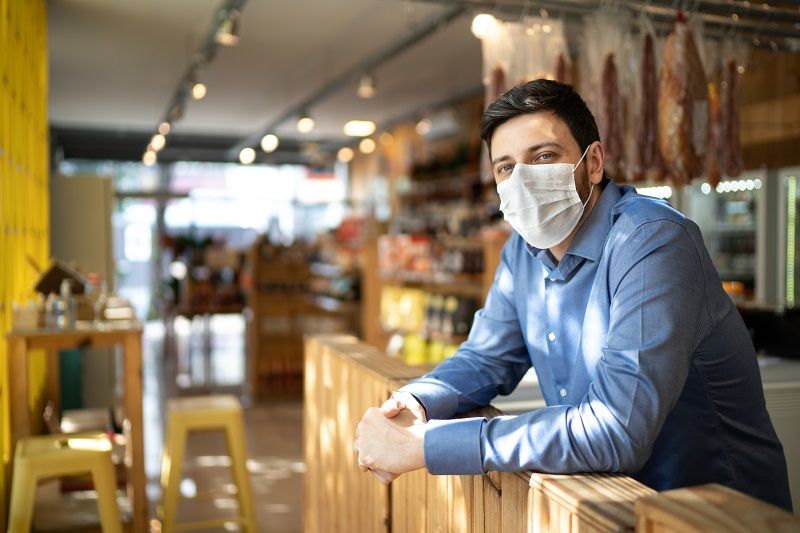
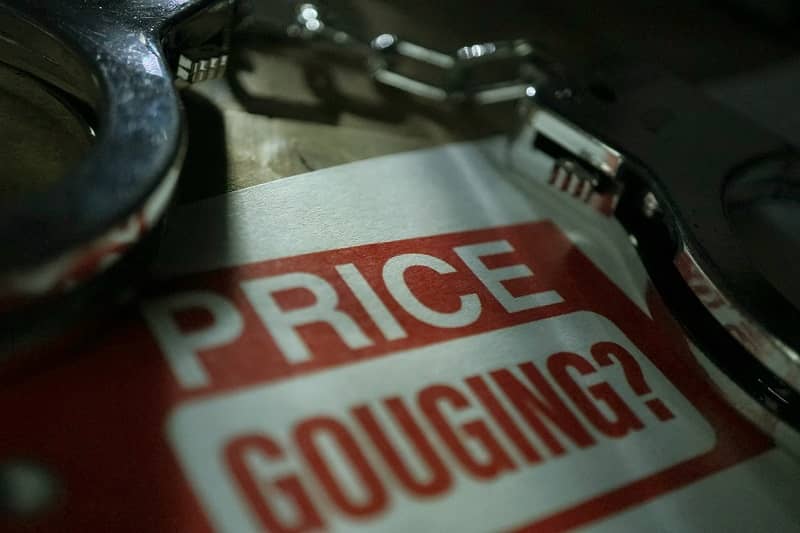
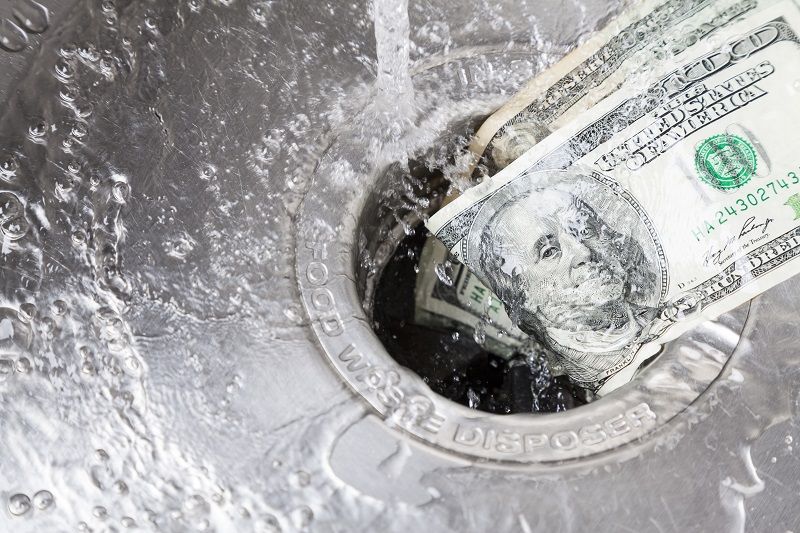
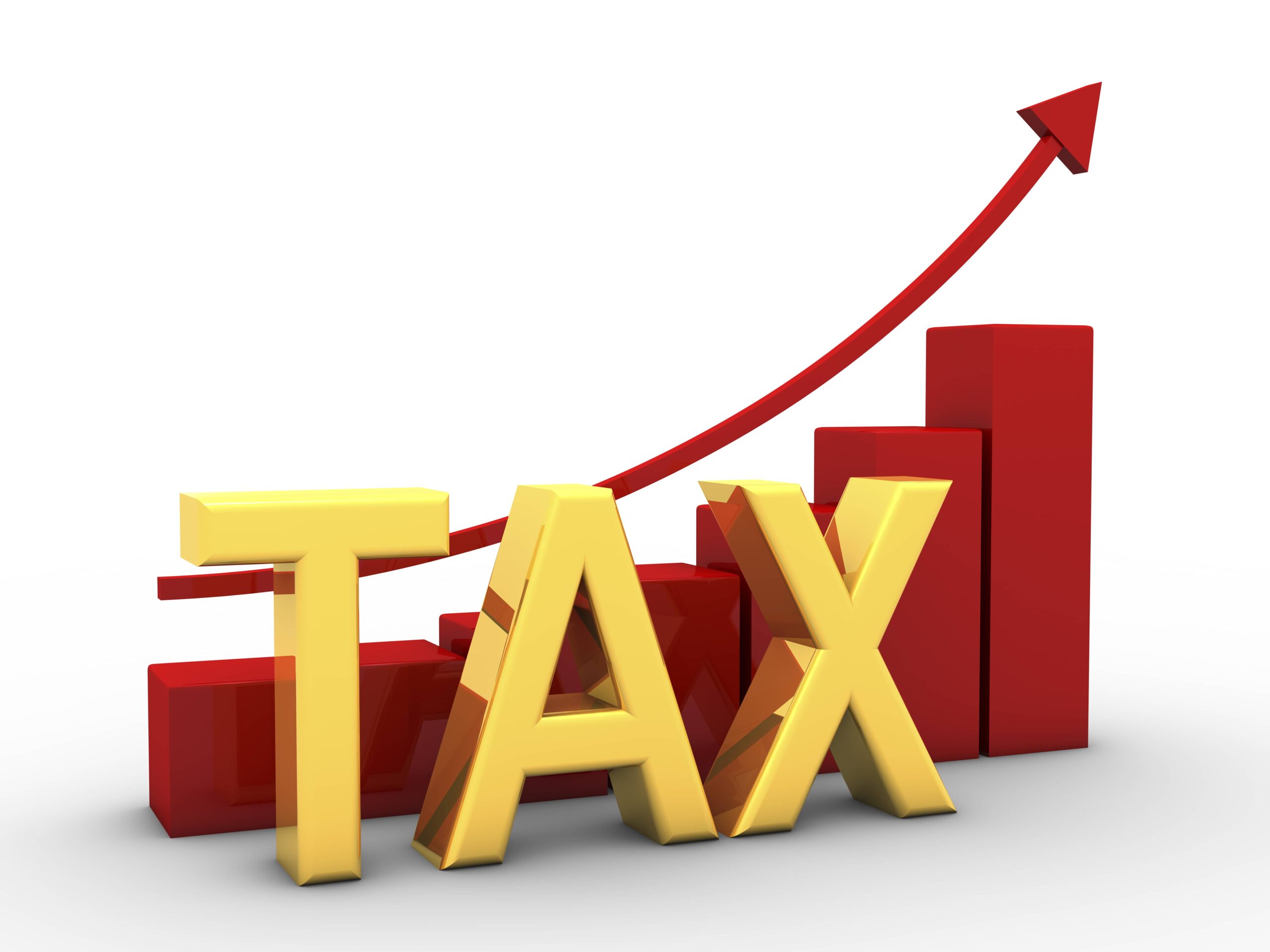
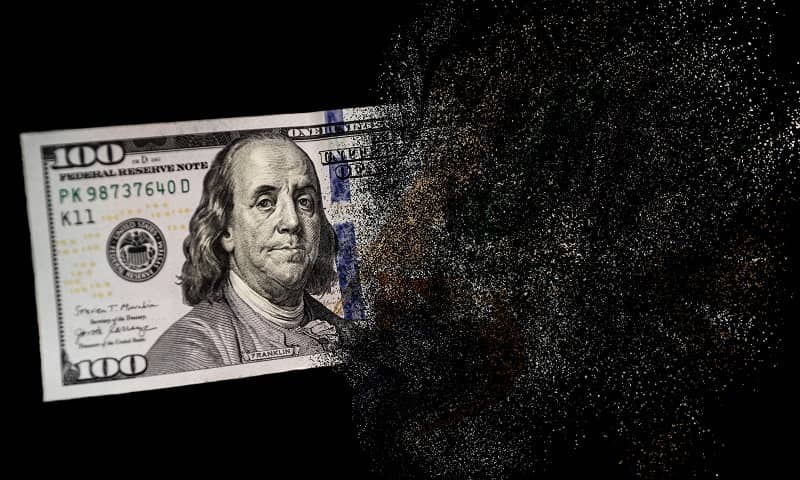
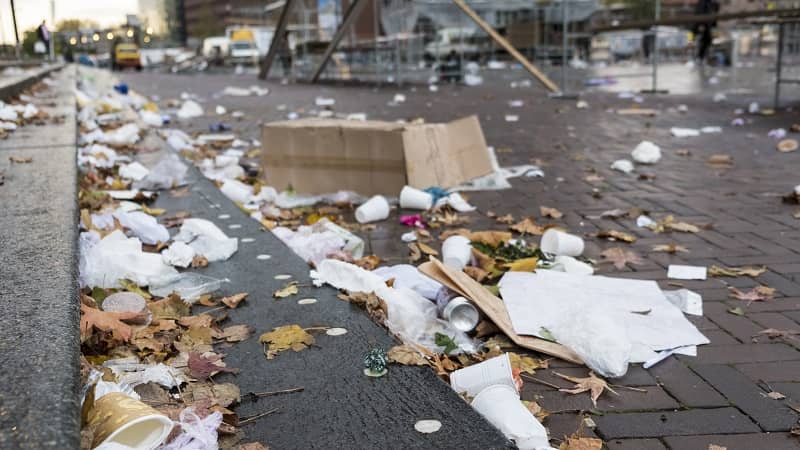
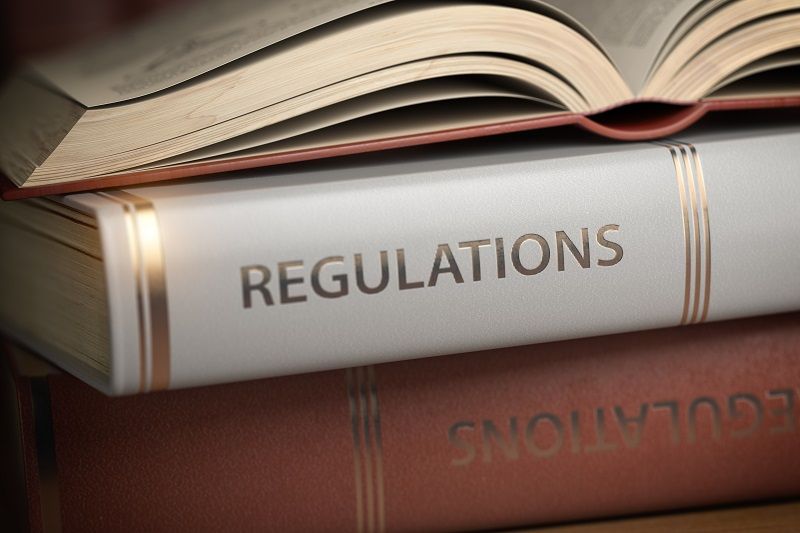
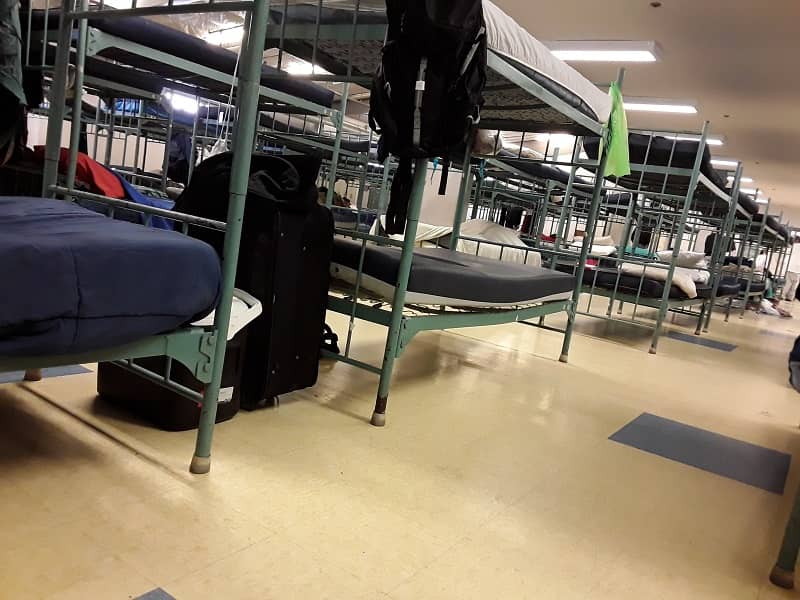
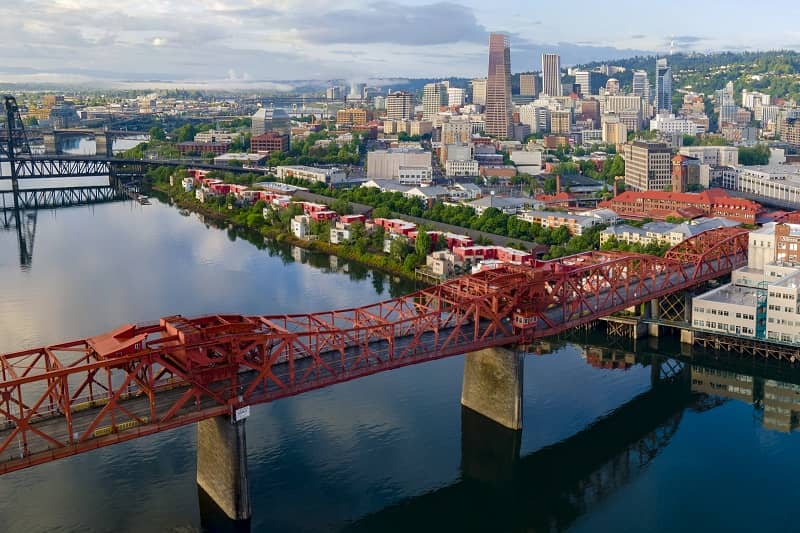
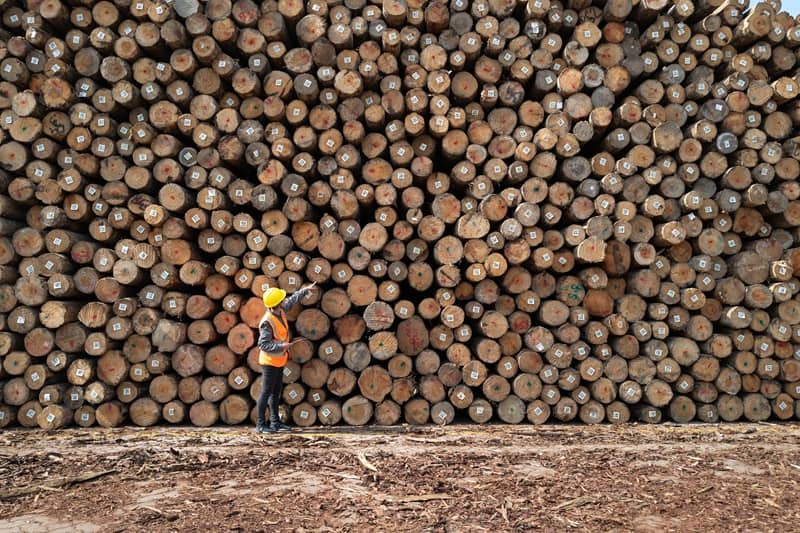
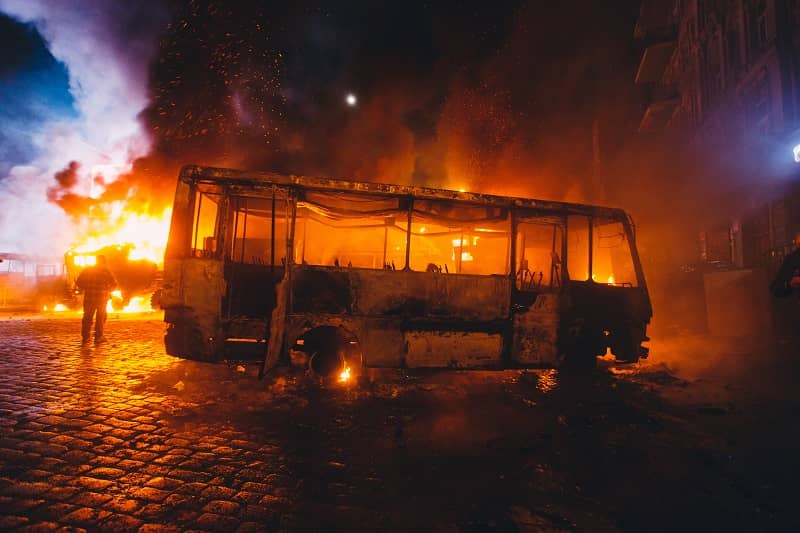

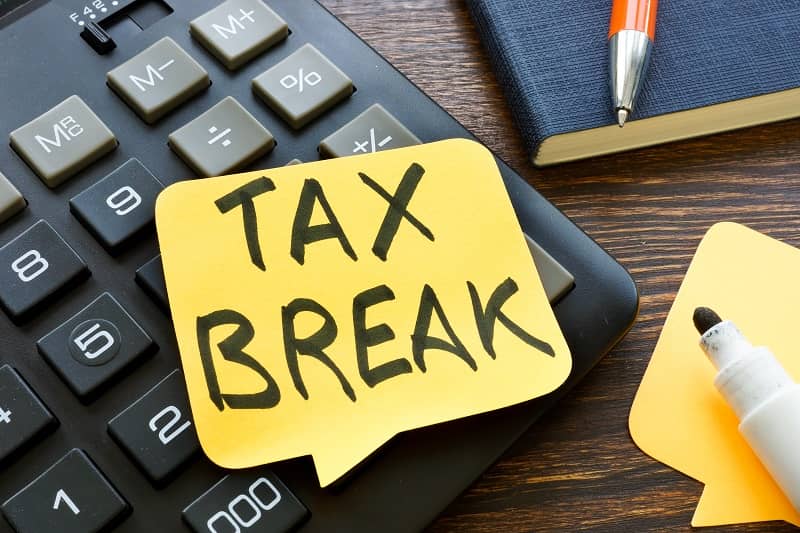
P Morris
If my rough calculations are correct, fewer than 1 in every 2500 Oregonians has been identified as having Covid-19. Although I mask up to go to the grocery store (to reassure other customers), I doubt that many of my fellow customers are harboring the virus. Trader Joe’s felt empty when I was finally allowed in after not too long a wait. Maintaining school closures may be necessary as viruses tend to spread rather quickly among children. The implications of such closures and the possibility of further closures next year need to be addressed.
david gould
distant the elders and turn the workers louse with 6 ft and mask. Home school educate now and start schools next year Wash hand santiticize surface
Walter Woodland
I was particularly amused at being berated by a fuel station attendant for touching the handle on his fuel pump nozzle then after filling my propane bottle, taking the credit card which I removed from my wallet with the same hands and processing the payment before handing me a clipboard with the receipt to sign and return.
I haven’t seen specific testing results but if I were to hazard a guess, the handle of a nozzle that dispenses a substance toxic to viruses is less likely to transmit said virus than passing credit cards and clip boards back and forth.